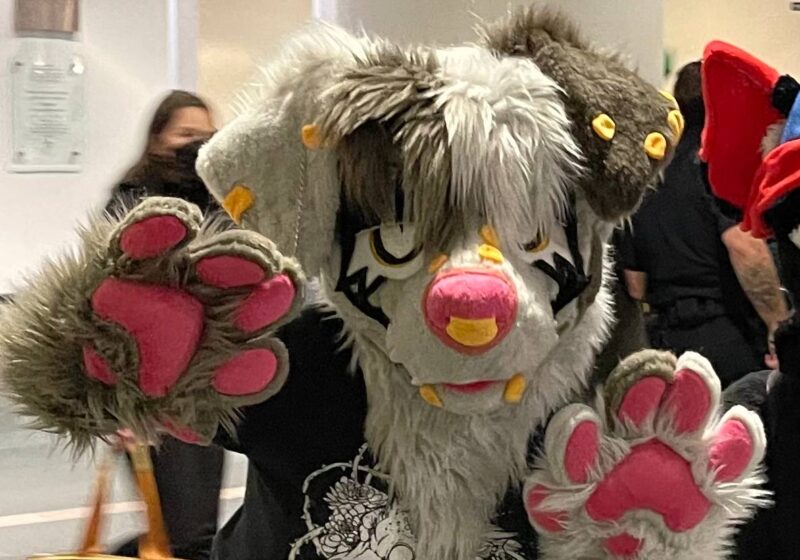The desert in southern Utah is like no other place. It engulfs. Transforms. Displaces. The sweet smell of sage permeates the air. My eyes follow along the edge of the mountain where the sky kisses the tops of the pinion pines and juniper trees 5,000 feet from where I stand.
The canyon wren is the first to entertain me with his morning melody while I search for the barely trodden path. As I am about to take my next step, a lizard scurries in front of me across the blanket of sand, quickly seeking cover under a rock. The sun reaches high above me. Its scorching rays penetrate my already parched skin.
I continue on. Slowly the walls of the canyons enclose me. Here at the floor of the canyon, a stream trickles down the steep sandstone slopes, collecting in a small pool. I imagine antelope and other mountain animals gathering here to drink. Following the bends in the rock I am led on. The walls open and the vast expanse consumes me.
It was nothing I expected and everything I could have never imagined. Growing up in Chicago, my thoughts of the desert were rather skewed ? I pictured a dry, barren, desolate and unbearably hot place.
My exposure to nature consisted of parks and a small garden in my backyard. It was inconceivable to me that the desert could be treasured. Yet after my first day hiking through the canyons, my beliefs were proven to be misconceptions.
Southern Utah is one of the most amazing wilderness areas in the country and is like no other. Every extreme of climate and ecology seems possible in one place, each maintaining a delicate balance with the other.
It is extremely hot during the day but can be frightfully cold at night. The air and land are dry, yet moisture is subtly present in concentrated quantities, stored in the succulent cactus or perhaps flowing in a single river.
Rolling mountains with continuous peaks and valleys, or images of luscious Eastern woods, often come to mind when “wilderness” is mentioned. I would suspect this is true for many who live in the Midwest or the East. However, most would agree that wilderness is a place that is wild and untamed, far removed from human impact.
In “Desert Solitaire,” Edward Abbey suggests wilderness is “the womb of the Earth from which we all emerged. It means something lost and still present, something remote and, at the same time, intimate, something buried in our blood and nerves, something beyond us and without limit.”
After immersion in the Cedar Mesa of Utah, my perception of wilderness was radically expanded. No longer did wilderness imply woods, but a place with a spiritual essence capable of connecting us to our mere human existence.
In federal legislation, the official designation of wilderness grants public land the highest level of protection. However, many of our public lands that are deserving of protection have yet to be valued by the law.
In southern Utah, 9.1 million acres of land have been proposed, not by the government, but by citizens to be protected as wilderness in the American Redrock Wilderness Act.
Yet as of now, despite its beauty and power to transform, the unique desert of southern Utah is rapidly being destroyed. Cattle graze much of the land, though sources of food are sparse.
Off-road vehicle users continue to pave new tracks across the canyons instead of using paths that already exist, causing erosion and habitat divisions. The designation of wilderness does not exclude such recreational activities, such as camping and hunting, but sets limits on the amount of human impact.
Indeed it would only make sense to protect our remaining wilderness be protected as the valuable treasure it is.
As Abbey notes, “wilderness is not a luxury but a necessity of the human spirit, and as vital to our lives as water and good bread. A civilization which destroys what little remains of the wild, the spare, the original, is cutting itself off from its origins and betraying the principle of civilization itself.”
It is up to us to see that wilderness remains in this country. Places of such beauty and power cannot continue to be destroyed. Contact your local representative at the Capitol Switchboard at (202) 224-3121 and urge them to sign onto the Redrock Wilderness Act.
Barnes is a sophomore and can be reached at abarnes@campustimes.org.

